Here's the text.
About volcanic disaster
Last Updated September 25, 2023
There are about 1,500 active volcanoes in the world. Among them, there are 110 active volcanoes in Japan, making it one of the world's leading volcanic countries.
There are no volcanoes in Yokohama City, but there are Mount Fuji and Mount Hakone in the surrounding area, and if these volcanoes erupt, volcanic ash may cause damage. When you get information such as eruption warnings and forecasts, take action to protect yourself by referring to the following.
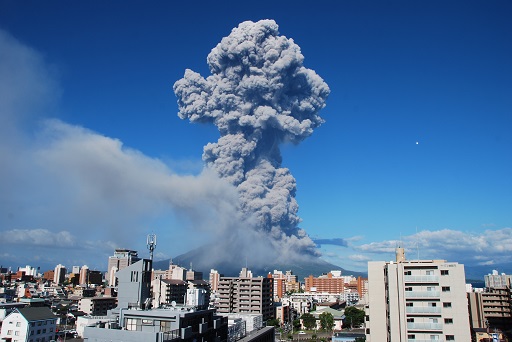
"Eruption of Sakurajima on August 18, 2013" (provided by the Japan Meteorological Agency)
Impact of volcanic ash
Volcanic ash is written as "ash", but it is mainly like fine glass pieces formed by magma foaming, and its components and properties are different from ash produced by burning trees and paper. The damage caused by ash fall is expected to be as follows.
Effects on the body
・Effects on the respiratory system, such as nose and sore throat and cough.
・Itching and pain in the eyes
・Skin pain and inflammation
Impact on Daily Life
・Damage to houses, etc. due to volcanic ash that has solidified including rainwater
・Traffic accidents caused by slips and disturbances in transportation
・Damage to crops
・Damage to electronic devices due to static electricity
・When wet volcanic ash adheres to the stains of the power transmission equipment, it leaks, causing a power outage.
Information about volcanoes
Eruption Warnings and Forecasts
In order to reduce eruption disasters, the Japan Meteorological Agency has issued eruption warnings and forecasts.
The eruption warning is a volcanic phenomenon that occurred with the eruption (large cinders, pyroclastic flows, snow-melting volcanic mudflows, etc., which reaches the vicinity of the crater and the residential area in a short time after the occurrence or expansion of the phenomenon, we will clearly announce the "range that requires caution" (range that poses a danger to life).
“Eruption Warning and“ ranges requiring caution ””

From the Japan Meteorological Agency website
Ash fall forecast
We will announce three types of ash fall forecasts (regular, bulletin, details) according to the user's use.
When an eruption occurs, the range of ash fall and the amount of ash fall up to 6 hours ahead of the eruption are predicted and announced.
“Past ash fall warning (e.g.)”
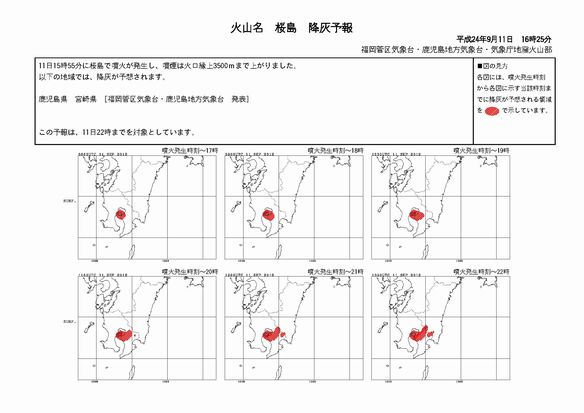
From the Japan Meteorological Agency website
Other weather information on eruptions can be viewed from the Japan Meteorological Agency website (outside site).
Actions to be taken in the event of an eruption
When volcanoes such as Mount Fuji erupts, volcanic ash may fall into Motoichi due to wind direction and other conditions. To protect yourself from volcanic ash, take the following actions:
- Do not inhale volcanic ash, such as wearing a dust mask.
Because volcanic ash is very small, it enters the back of the lungs with air. As a result, coughs increase and breathlessness. The runny nose and sputum may increase and the nose and throat may hurt. Be aware that people with asthma or bronchitis may have coughs like seizures, tightness in the chest, and difficulty breathing. Be careful even if you have a serious heart disease.
- If volcanic ash gets into your eyes, do not rub it with your hands. Remove your contact lens and use your glasses.
When volcanic ash enters the eyes, it feels sloppy, itching, pain, and redness of the eyes. There are times when you have a sticky eye or a ruin. Be careful if volcanic ash damages the surface of your eyes, as it may cause conjunctivitis and may be scratched or dazzling.
- Wear long sleeves, long pants, etc. to protect your skin.
Touching volcanic ash can cause skin inflammation. Be careful as it can hurt, peel off, or get germs from scratchs.
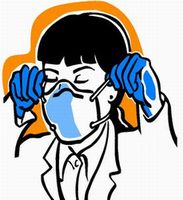

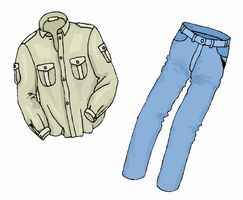
- Let's be careful about traffic accidents.
When volcanic ash falls, the visibility becomes worse, making it difficult to see signs such as pedestrian crossings. If volcanic ash accumulates on the road, it becomes slippery, making it difficult for bicycles and cars to brake. If you accumulate a lot, you will not be able to drive.
- Let's not put ash in the building.
When you enter the building, remove your jacket and remove ash.
When cleaning, cover the gaps between doors and windows, vents, etc. with tape or moist towels. Lightly moisturizes volcanic ash with water makes it easier to collect.
- Others
Collect and confirm correct information about volcanoes on TV and radio.
In Motoichi, we send information of eruption or alert using disaster prevention information e-mail and tvk (TV Kanagawa), Twitter.
Introduction page of Yokohama City Disaster Prevention Information Email
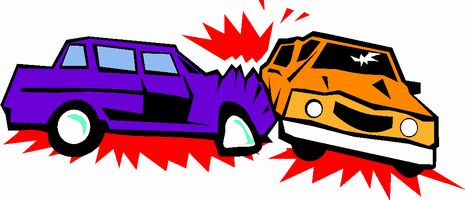

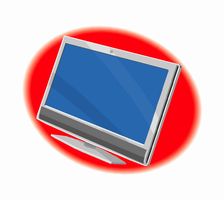
From the pamphlet of the Cabinet Office
A collection of links
Japan Meteorological Agency website (outside site)
Kanagawa Prefecture "Disaster Prevention Measures for Volcanos" (outside site)
Research Institute for Disaster Prevention Science and Technology “Bookmarks for the Health Damage of Volcanic ash” (outside site)
Inquiries to this page
Disaster Prevention Planning Division, Crisis Management Department, General Affairs Bureau
Telephone: 045-671-4096
Telephone: 045-671-4096
Fax: 045-641-1677
Email address: so-bousaikikaku@city.yokohama.lg.jp
Page ID: 251-206-789







